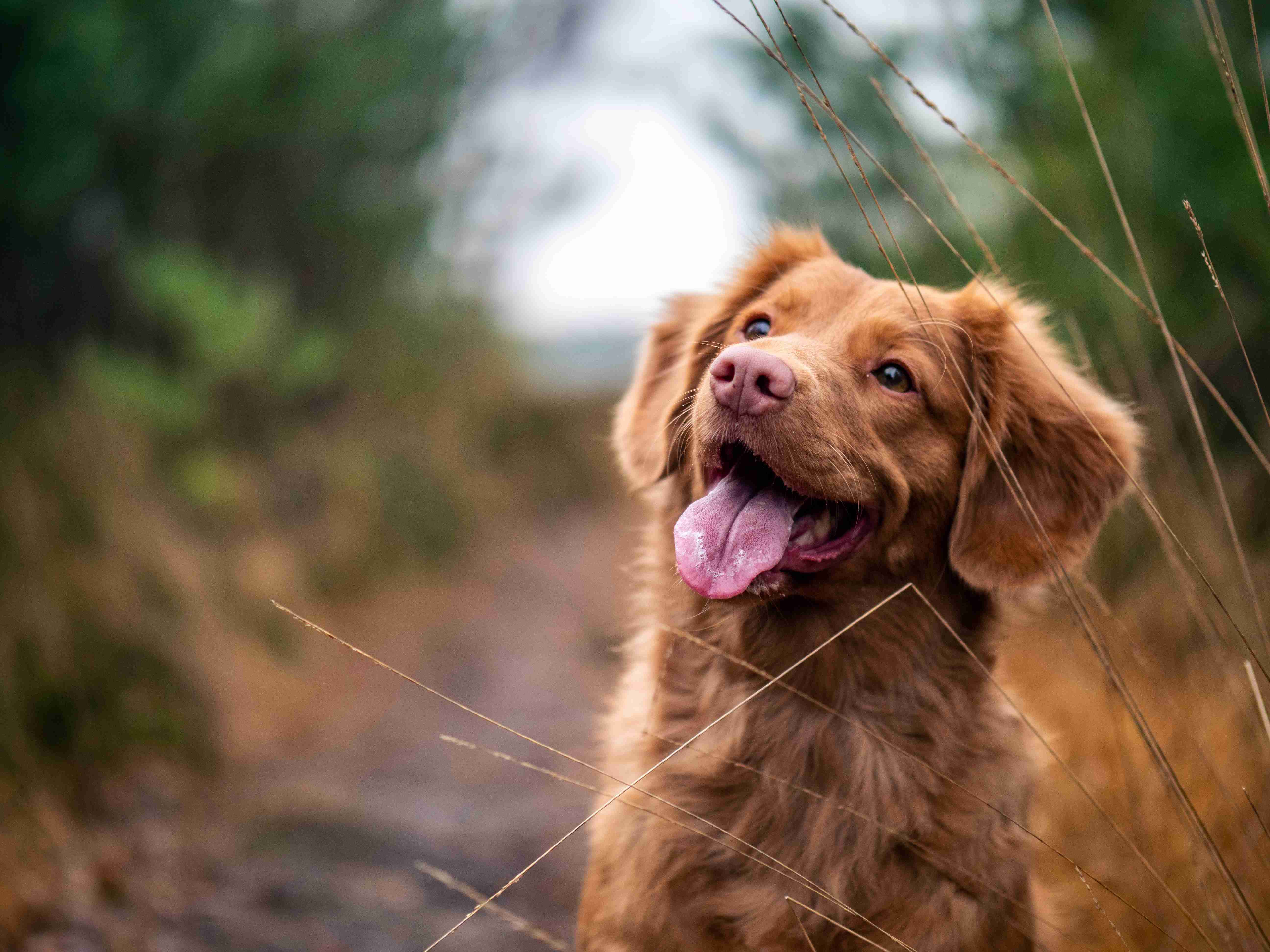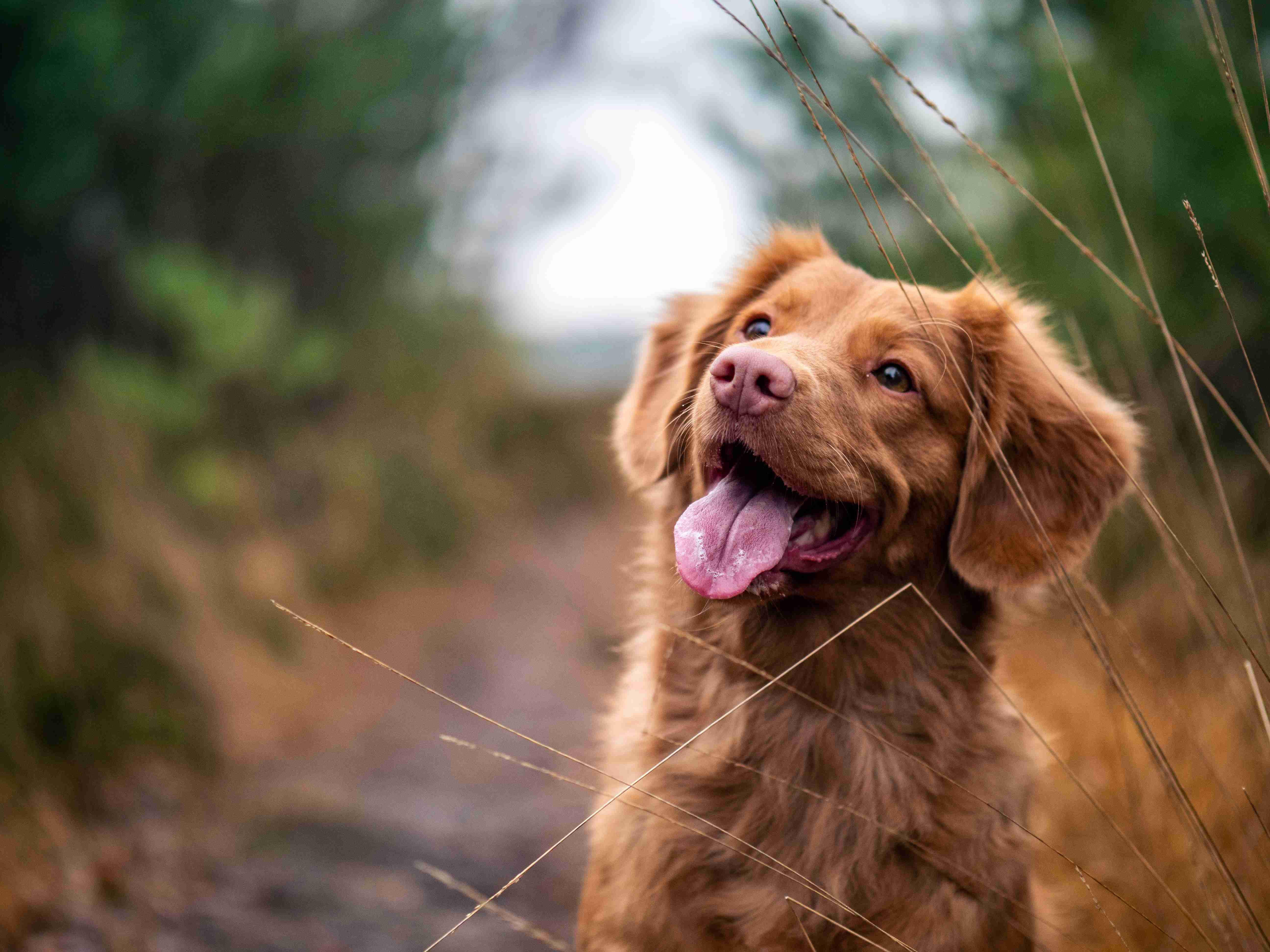As pet owners, we always want to ensure that our furry friends are happy, healthy, and comfortable. However, sometimes our dogs can develop hot spots, which can be painful and uncomfortable for them. Hot spots are common skin irritations that can appear on dogs, particularly during warmer months. These spots are often red, inflamed, and can cause your dog to itch and scratch excessively. Fortunately, there are many ways to treat and prevent hot spots in your dog, which we will explore in this blog post. By following these prevention and treatment tips, you can help your pup feel more comfortable and enjoy a happier, healthier life.
Hot spots in dogs, also known as acute moist dermatitis, are a common skin condition that can cause discomfort and pain for our furry friends. These hot spots are caused by a bacterial infection that can spread quickly and worsen if left untreated. Luckily, there are many ways to prevent and treat hot spots in dogs. In this blog post, we will discuss the causes, symptoms, prevention, and treatment options for hot spots in dogs to help your pup live a happier and healthier life.
Causes of Hot Spots in Dogs
Hot spots can be caused by a variety of factors, including allergies, parasites, injuries, and poor grooming habits. Allergies to food, pollen, or flea bites can cause your dog to itch and scratch, leading to hot spots. Parasites such as fleas and mites can also cause hot spots in dogs. Injuries or irritations to the skin, such as from a cut or a wound, can create a breeding ground for bacteria that can quickly lead to hot spots. Finally, poor grooming habits, such as a matted coat or not drying your dog properly after a bath, can also contribute to hot spots.
Symptoms of Hot Spots in Dogs
The symptoms of hot spots in dogs can vary, but the most common signs include redness, swelling, and oozing of the affected area. Your dog may also scratch or bite at the area, making it worse. Hot spots can appear anywhere on your dog’s body, but they are most commonly found on the face, neck, and hips. If you notice any of these symptoms in your dog, it is important to take action quickly to prevent the hot spot from spreading.
Prevention of Hot Spots in Dogs
Preventing hot spots in dogs involves maintaining good grooming habits and keeping your dog’s skin healthy. Regular brushing and grooming can help prevent mats and tangles that can lead to hot spots. Bathing your dog regularly can also help prevent hot spots, but be sure to dry your dog thoroughly after each bath. Keep your dog’s skin healthy by feeding them a balanced diet and providing them with plenty of fresh water.

In addition, be sure to check your dog regularly for fleas and ticks and use flea and tick preventatives to keep them at bay. If your dog is prone to allergies, work with your veterinarian to identify and manage any triggers that could lead to hot spots.
Treatment of Hot Spots in Dogs
If your dog develops a hot spot, the first step is to clean the affected area thoroughly. Use a mild antiseptic solution to clean the area and remove any hair around the hot spot to allow air to circulate and promote healing. Applying a cool, damp compress to the affected area can also help reduce inflammation and provide relief.
In some cases, your veterinarian may prescribe antibiotics to help clear up the infection. If your dog is scratching or biting at the hot spot, your vet may also recommend a cone or other protective device to prevent further irritation.
For severe hot spots, your vet may need to shave the affected area to allow for proper cleaning and treatment. In some cases, hot spots can be a sign of an underlying medical condition, so it is important to work with your vet to determine the root cause and develop an appropriate treatment plan.
Conclusion
Hot spots in dogs can be uncomfortable and painful for our furry friends, but with proper prevention and treatment, they can be easily managed. By maintaining good grooming habits and keeping your dog’s skin healthy, you can help prevent hot spots from developing. If your dog does develop a hot spot, seek treatment quickly to prevent it from spreading. With the right care and attention, your dog can live a happy, healthy life free from the discomfort of hot spots.
In conclusion, hot spots in dogs can be a frustrating and painful experience for both you and your furry friend. But with the right knowledge and care, you can prevent them from occurring and treat them effectively if they do. Remember to keep your dog clean and groomed, provide a healthy diet, and keep an eye out for any signs of discomfort or irritation. And most importantly, don’t hesitate to consult with your vet if you have any concerns. By taking these steps, you can help ensure that your dog stays happy and healthy for years to come.



%20-%20Copy.jpg)
.jpg)
.png)
.jpg)
.jpg)
.jpg)